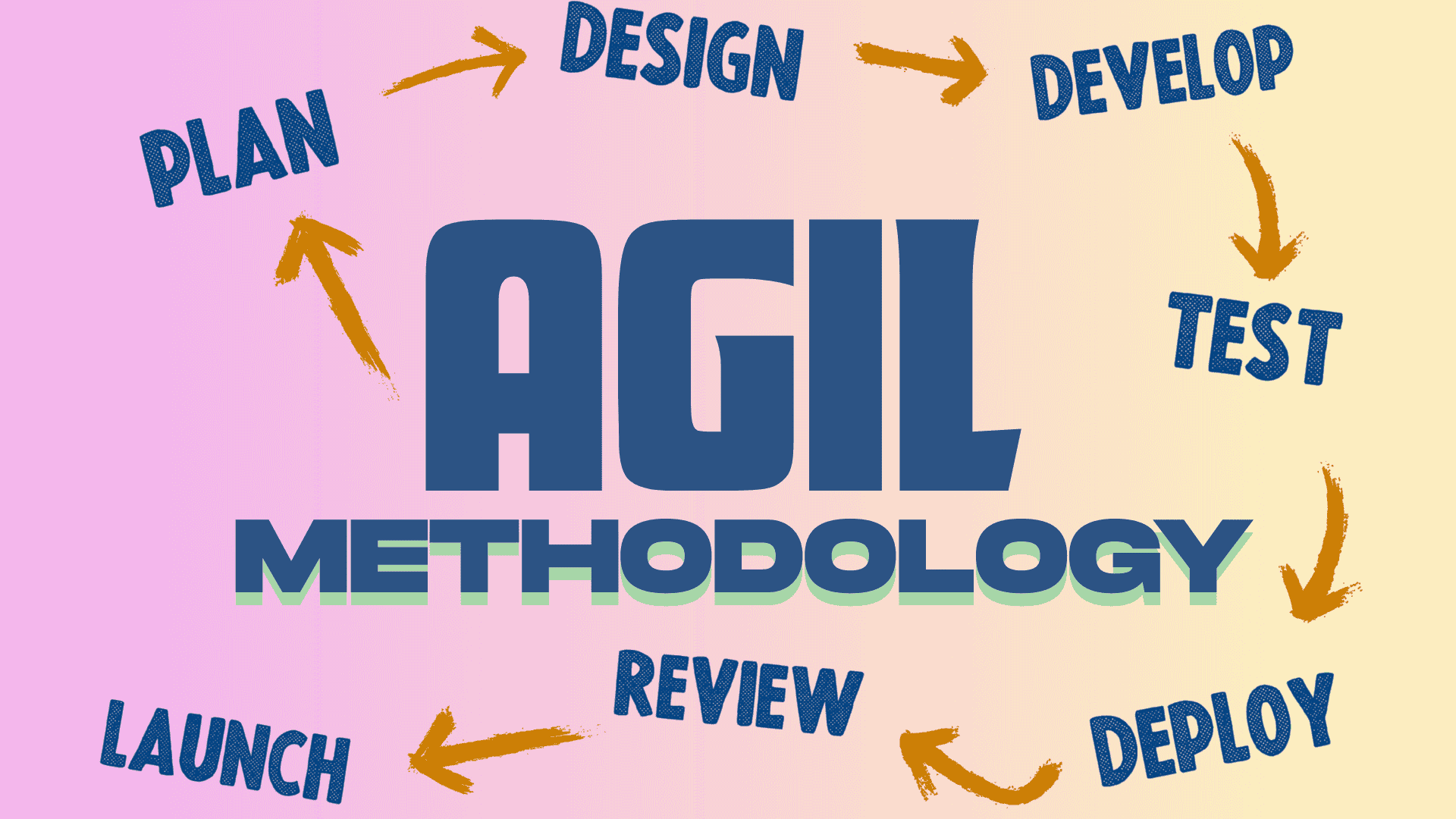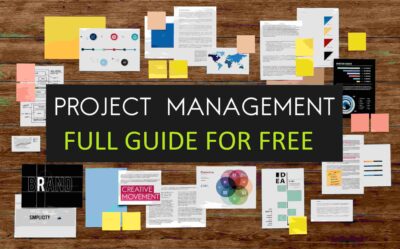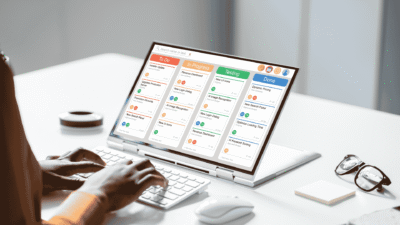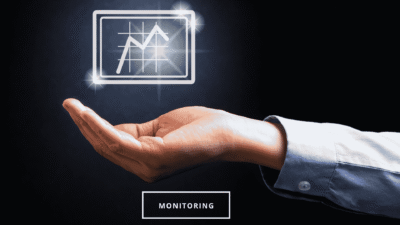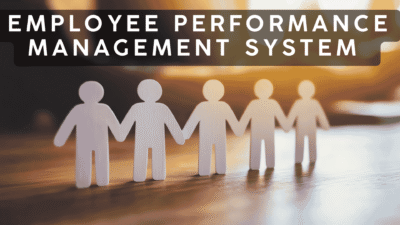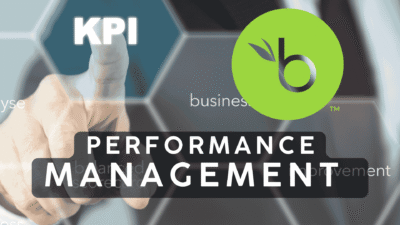Imagine spending a year building a complex machine, following a detailed plan perfectly, only to present it to the client and hear, “This isn’t what we need anymore.” This frustrating and costly scenario is precisely the problem that traditional project management methods can create. They are often rigid, sequential, and ill-equipped to handle the one constant in today’s world: change. But what if there was a way to work that embraces change, values collaboration, and delivers results incrementally? This is where the Agile methodology in project management offers a transformative solution. This guide is designed for you, the emerging leader, to understand not just what Agile methodology is, but how to apply its principles to guide your teams toward greater efficiency and success.
1. Why Traditional Methods Falter: The Need for a New Approach
For decades, the dominant approach to managing projects was the “Waterfall” model. Think of it as a linear relay race: one phase must be fully completed before the next begins.
- First, you gather all requirements.
- Then, you design the entire product.
- Next, the team builds it.
- Finally, you test it and deliver.
This process sounds logical, but it has a fundamental flaw: it assumes you can know everything at the start. In reality, client needs evolve, market conditions shift, and new challenges arise. With the Waterfall method, a change in requirements midway through can be disastrous, often requiring a complete restart and leading to significant budget and time overruns. A study by the Project Management Institute has often highlighted that a significant percentage of projects managed with rigid methodologies face challenges in adapting to change, leading to lower success rates.
This is the gap that the Agile methodology in project management was designed to fill. It’s not just a process; it’s a fundamental shift in mindset.
2. What Exactly Is the Agile Methodology in Project Management?
At its core, Agile methodology is an iterative approach to project management. Instead of a single, long-term plan, Agile breaks down large projects into small, manageable cycles or “iterations.” At the end of each iteration, the team delivers a small, working piece of the larger project. This allows for continuous feedback, adaptation, and improvement throughout the project’s lifecycle.
How do you apply this? Instead of planning for a 12-month delivery, you plan for the first 2-week “sprint.” During those two weeks, your team focuses on creating a small but functional part of the final product. At the end of the sprint, you show this piece to stakeholders, gather their feedback, and use that input to plan the next 2-week sprint. This cycle of building, delivering, and adapting repeats until the entire project is complete. This ensures the final product is precisely what the client needs, not just what was documented a year ago.
Visual Idea 1: A Comparative FlowchartCreate a simple visual. On the left, show the Waterfall model as a straight line of sequential steps: Requirements → Design → Build → Test → Deploy. On the right, depict the Agile model as a circular loop labeled: Plan → Build → Test → Review → Repeat. This instantly clarifies the difference between a linear and an iterative process.
3. The Four Core Values That Drive Agile methodology Success
The Agile methodology approach is guided by four foundational values, first outlined in the 2001 Agile Manifesto. Understanding these values is the first step to truly implementing the methodology.
3.1 Individuals and Interactions Over Processes and Tools
While processes and tools are important, Agile methodology prioritizes the people doing the work and their ability to collaborate effectively. A team of skilled individuals who communicate well can solve complex problems more effectively than a group forced to follow a rigid process without dialogue.
- How to apply it: Encourage direct communication. Instead of relying solely on lengthy email chains or documentation, promote face-to-face or video conversations to resolve issues quickly. Empower your team members to make decisions within their areas of expertise.
3.2 Working Product Over Comprehensive Documentation
In traditional project management, immense time is spent creating detailed documentation before any work begins. Agile argues that while documentation has its place, the primary measure of progress is a functional product.
- How to apply it: Focus on delivering a usable increment of the product in each cycle. The goal is to have something tangible to show for your efforts, which can be tested and reviewed. Documentation should be just enough to support the product, not an end in itself.
3.3 Customer Collaboration Over Contract Negotiation
Agile views the customer not as an external party to a contract but as a vital partner in the development process. Continuous collaboration ensures that the project stays aligned with the customer’s evolving needs.
- How to apply it: Schedule regular review meetings (at the end of each iteration) with your client or stakeholders. Show them the working product, listen to their feedback, and be prepared to adjust your plan based on their input. This builds trust and leads to a much better final outcome.
3.4 Responding to Change Over Following a Plan
The ability to adapt is Agile methodology’s greatest strength. While having a plan is essential, Agile recognizes that change is inevitable. A project’s success is determined not by how well a team follows an initial plan, but by how well it can adapt to new information and circumstances.
- How to apply it: Build flexibility into your planning. Don’t create a rigid, year-long schedule. Instead, maintain a prioritized list of features or tasks (often called a “backlog”) and re-evaluate its priorities at the beginning of each iteration. This allows you to pivot quickly when a new, more important requirement emerges.
A Short Story of TransformationA small team, let’s call them “Team Innovate,” was tasked with building an internal inventory management system. Using a traditional Waterfall approach, they spent three months writing a 200-page specification document. By the time they started building, six months later, the company’s warehousing process had changed. The original plan was now obsolete. Frustrated, they switched to an Agile methodology in project management. They broke the project into two-week sprints. After the first sprint, they delivered a basic item-scanning function. The warehouse manager tested it and immediately gave feedback: “This is good, but we need it to work with our new barcode system.” The team adjusted their plan. Sprint by sprint, with continuous feedback, they built a system the company actually needed, launching a successful product in half the time the original plan would have taken.
4. How to Implement Agile methodology: Two Popular Frameworks
Agile is a mindset, but to put it into practice, teams use specific frameworks. Here are two of the most popular, designed for beginners to understand.
4.1 The Scrum Framework: A Structured Approach
Scrum is a highly structured iterative project framework. It organizes work into fixed-length iterations called “Sprints,” which typically last from one to four weeks. Scrum is defined by its specific roles, events, and artifacts.
4.1.1 Scrum Roles
- Product Owner: This person represents the stakeholders and is the voice of the customer. They are responsible for managing the “Product Backlog” (the master to-do list) and prioritizing tasks to ensure the team is working on the most valuable features.
- Scrum Master: This is a servant-leader, not a traditional manager. The Scrum Master’s job is to facilitate the Scrum process, remove any obstacles blocking the team’s progress, and protect the team from external distractions.
- Development Team: A self-organizing group of professionals (e.g., designers, engineers, analysts) who do the hands-on work of building the product increment in each sprint.
4.1.2 Scrum Events
- Sprint Planning: At the beginning of a sprint, the team meets to decide what can be delivered in the upcoming iteration and how that work will be achieved.
- Daily Stand-up: A short (usually 15-minute) daily meeting where each team member briefly shares what they did yesterday, what they will do today, and any impediments they face. This keeps the team synchronized.
- Sprint Review: At the end of a sprint, the team demonstrates the working product increment to the Product Owner and stakeholders to gather feedback.
- Sprint Retrospective: After the Sprint Review, the team meets internally to reflect on the past sprint. They discuss what went well, what could be improved, and create a plan for implementing improvements in the next sprint.
4.2 The Kanban Method: Visualizing Your Workflow
Kanban is a simpler, more flexible iterative project framework that focuses on visualizing work, limiting work in progress (WIP), and maximizing flow. Its primary tool is the Kanban board.
- How to apply it:
- Create a Kanban Board: Draw three columns on a board or use a digital tool: “To Do,” “In Progress,” and “Done.”
- Visualize Your Work: Write each task on a separate card or sticky note and place it in the “To Do” column.
- Limit Work In Progress (WIP): This is the key principle. Set a limit on how many tasks can be in the “In Progress” column at any one time (e.g., no more than three). This prevents team members from being overwhelmed and helps identify bottlenecks. A task cannot be moved to “In Progress” until another is moved to “Done.”
- Manage Flow: The goal is to move tasks from left to right as smoothly and quickly as possible. When a team member finishes a task, they pull a new one from the “To Do” column, ensuring a continuous flow of work.
Visual Idea 2: A Kanban Board DiagramIllustrate a simple Kanban board. Show three columns: To Do, In Progress (WIP Limit: 2), and Done. Place several sticky notes in the “To Do” column, two in “In Progress,” and one in “Done.” This visually explains the core concepts of visualization and WIP limits at a glance.
5. Common Misconceptions About Agile methodology
As you begin your journey, you may encounter some common but incorrect ideas about the Agile methodology in project management.
- Myth 1: “Agile means no planning.”
- Reality: Agile involves meticulous planning, but it happens continuously rather than all at once at the beginning. Planning is done at the start of every single iteration.
- Myth 2: “Agile is only for software development.”
- Reality: While it originated in the software industry, Agile principles are now used successfully in marketing, research, construction, and education. Any project that exists in an environment of uncertainty can benefit from an iterative approach. A marketing team, for instance, could use two-week sprints to launch and test different ad campaigns, using real-time data to adjust their strategy.
- Myth 3: “Agile is faster.”
- Reality: Agile doesn’t necessarily mean the entire project will be finished sooner. Its real advantage is that it delivers value to the customer faster. A working, usable feature is delivered every few weeks, rather than waiting a year for the final product. This early delivery of value is what makes Agile so powerful.
Adopting the Agile methodology in project management is a journey of continuous learning and improvement. By focusing on its core values, choosing a framework that fits your team, and starting with small, manageable steps, you can guide your projects with more flexibility, transparency, and a much higher likelihood of success. It empowers you to build not just what was planned, but what is truly needed.
Frequently Asked Questions (FAQ)
- 1. What is the main difference between Agile and Waterfall?
The main difference is their structure. Waterfall is a linear, sequential process where each phase must be completed before the next begins. Agile is an iterative, cyclical process that breaks the project into small increments, allowing for flexibility and continuous feedback. - 2. Is Scrum the same as Agile?
No. Agile is a mindset or philosophy based on a set of values and principles. Scrum is a specific framework—a set of rules, roles, and events—that teams can use to implement the Agile mindset. Scrum is a way of doing Agile. - 3. What is a “sprint” in the context of Agile?
A sprint is a short, time-boxed period during which a Scrum team works to complete a set amount of work. Sprints are typically one to four weeks long and are the core of the Scrum framework, providing a regular cadence for delivering value. - 4. Can Agile work for projects with a fixed deadline?
Yes. For projects with a fixed deadline and budget, Agile helps prioritize the most critical features first. This ensures that even if not all desired features are completed, the most valuable and functional version of the product is delivered on time. - 5. How large should an Agile team be?
Agile teams work best when they are small, typically between 3 and 9 members. This size is small enough to remain nimble and communicate effectively, but large enough to have all the skills necessary to complete the work without needing external help. - 6. Do I need special software to use Agile?
No. While there are many helpful digital tools available (like Jira, Trello, or Asana), you can implement Agile frameworks like Kanban with just a whiteboard and sticky notes. The focus is on the principles and practices, not the tools.
references
Warning: The provided links lead only to the specified content. Other areas of those sites may contain material that conflicts with some beliefs or ethics. Please view only the intended page. Note: The source links are available in English only.
- Project Management Institute (PMI) — Agile versus Waterfall approach, 2009–2010 data Agile versus Waterfall (ERP Projects comparison).
Study comparing Agile & Waterfall in ERP/project environments. :contentReference[oaicite:0]{index=0} - Agile Manifesto — 2001 Manifesto for Agile Software Development.
Primary source of Agile’s four core values. :contentReference[oaicite:1]{index=1} - Atlassian — Dan Radigan, editorial content, 2025 Agile vs. Waterfall Project Management.
Explains differences, pros/cons, and how Agile and Waterfall contrast. :contentReference[oaicite:2]{index=2} - SAR Journal — R. Mokhtar et al., March 2022 A Comparative Case Study of Waterfall and Agile.
Case study showing Agile vs Waterfall outcomes. :contentReference[oaicite:3]{index=3} - Scrum Alliance — recent publication Key Values and Principles of the Agile Manifesto.
Explains the four values & principles in context. :contentReference[oaicite:4]{index=4} - Agile Alliance — history & background (2025) A Short History of Agile.
Origins of Agile, how it evolved and spread. :contentReference[oaicite:5]{index=5}

